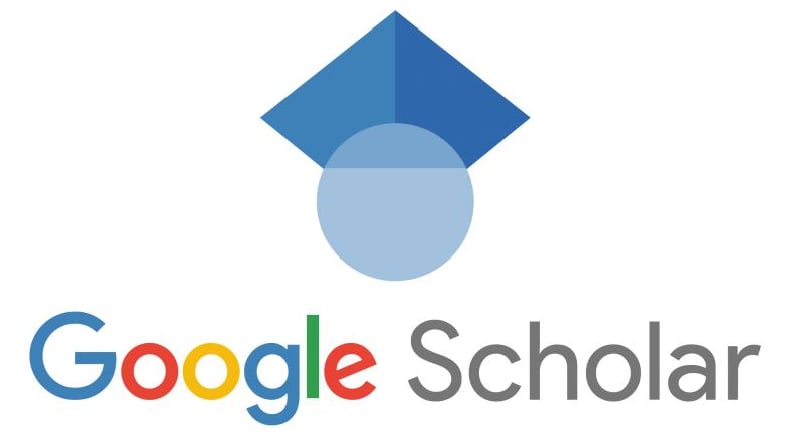Using Photomath Applications on Student Learning Outcomes in Advanced Calculus Courses
Keywords:
Advanced Calculus, Learning Outcomes, PhotomathAbstract
Along with the development of the times, the world of education is much influenced by advances, especially in the field of information and communication technology. Many educators use technology as a learning medium to help students learn and solve problems, especially math problems. There are several applications that students use to help them complete lecturer assignments. Photomath is one of the applications used by students in mathematics lessons. This application can be accessed via a smartphone and has features that help students solve math problems. This study aims to determine the effect of using the Photomath application on the learning outcomes of Tadris Mathematics students in semester 4 of the State Islamic Institute (IAIN) Kediri. The number of samples used in this study were 45 students, which were divided into two groups. The experimental group consisted of 24 students and the control group consisted of 21 students. The analysis used in this study is a t-test to compare whether there are differences in student learning outcomes in advanced calculus courses when solving problems using the Photomath application and not using these tools. The results obtained show that there are significant differences between students who use the help of the Photomath application and those who do not. So it can be concluded that the use of the Photomath application has an effect on student learning outcomes at IAIN Kediri's mathematics tadris in advanced calculus courses.
Downloads
References
Damayanti, P. A., & Qohar, A. 2019. Pengembangan Media Pembelajaran Matematika Interaktif Berbasis Powerpoint Pada Materi Kerucut. Kreano: Jurnal Matematika Kreatif-Inovatif, Vol. 10, No. 2, 119-124.
Effendi, A., Fatimah, A, T., & Amam, A. 2021. Analisis Keefektifan Pembelajaran Matematika Online di Masa Pandemi Covid-19. Teorema: Teori dan Riset Matematika, Vol. 6, No. 2, 254-259.
Ilmiawan, K., Suyaningtyas, W., & Efendi, J. F. 2022. Meta Analisis: Penggunaan dan Pemanfaatan Aplikasi Mobile Matematika dalam Pembelajaran Matematika sebelum dan selama Masa Pandemi Covid-19. Pedagogy, Vol. 7, No. 2. 147-166.
Muttaqin, A, K., Yahya, Y., & Irmayanti. 2023. Pemanfaatan Aplikasi Math way dalam Menyelesaikan Soal Kalkulus pada Mahasiswa Tadris Matematika. Prosiding Sentikjar. Vol. 2. 63-70. DOI: 10.47435/sentikjar.v2i0.1829.
Nesi, Y. M., Aditya, S., Harianto, Y. I., Parno, & Purwaningsih, E. 2021. Analisis Keefektifan Pembelajaran Sebelum dan Selama Pandemi Terhadap Hasil Belajar Kognitif Siswa Pada Materi Pengukuran. JRPF (Jurnal Riset Pendidikan Fisika), 6(1), 65-74.
Oktaviani, R. D., Ilmiah, T., Sholihah, N., Apriliyani, R., & Fauzi, I. 2022. Pemanfaatan Aplilkasi Photomath sebagai Media Pemecahan Masalah Matematis. RANGE: Jurnal Pendidikan Matematika Vol. 4 No. 1, pp. 40-54.
Payung, Z., & Kusuma, Y. 2022. Pembelajaran Matematika dengan Bantuan Mathematica dan Photomath Software untuk Meningkatkan Problem Solving Matematika Mahasiswa Calon Guru Sekolah Dasar. Elementary Journal Vol.3 No.1, pp 48-54.
Permatasari, C. S. I., & Yunianta, T. N. H. 2021. E-Learning Artificial Intelligence sebagai Suplemen dalam Proses Metacognitive Scaffolding Pemecahan Masalah Integral. AKSIOMA: Jurnal Program Studi Pendidikan Matematika, Vol. 10, No. 2, 829-839. doi: https://doi.org/10.24127/ajpm.v10i2.3490
Susilo, B. E., Darhim, D., & Prabawanto, S. 2021. Students’ learning difficulties in integral calculus based on critical thinking skills. Journal of Physics: Conference Series, 1918(4), 042058.
Downloads
Published
How to Cite
Issue
Section
License
Copyright (c) 2023 Ardiana Fatma Dewi, Kurnia Ahadiyah

This work is licensed under a Creative Commons Attribution 4.0 International License.






